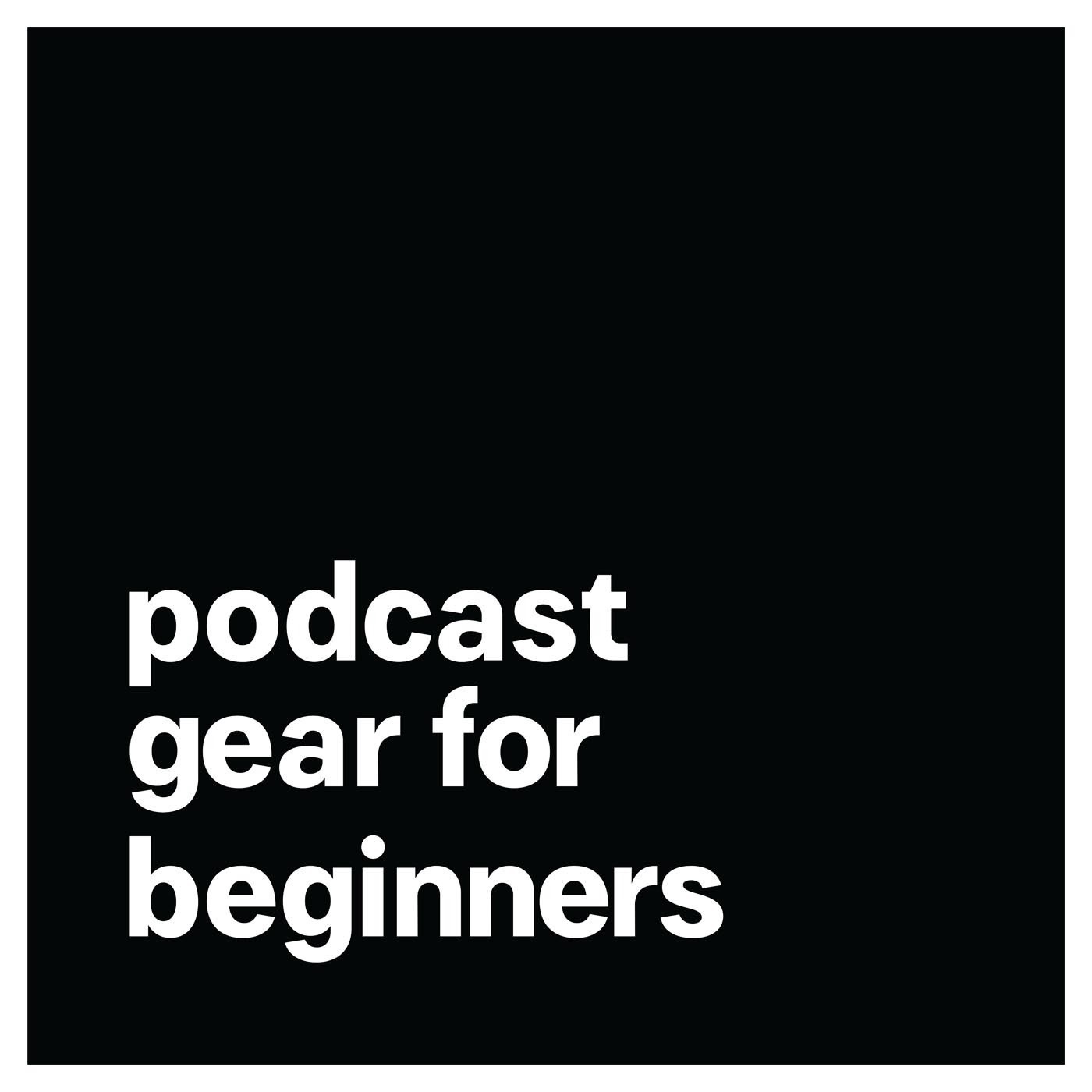When To Use an XLR Mic
When To Use an XLR Mic
Knowing what kind of mic to purchase is a new podcaster's biggest decision. You really only have a choice between an XLR or a USB microphone, and that decision should be made on the basis of a couple of key points. If you need a refresher on the difference between an XLR and a USB microphone, check out our blog where we cover that topic. Enjoy the episode!
This episode is recorded on a Sennheiser e835 into the Tascam DR60 onto an SD card. Audio edited in Adobe Audition.
Gear and Software links:
Sennheiser e835: https://amzn.to/3al8vxC
Tascam DR60: https://amzn.to/3ciZU07
Adobe Audition: https://bit.ly/adobe-pgfb
Show notes:
Welcome back to podcast gear for beginners podcast! Be sure to check out PodcastGearForBeginners.com for all of our blogs, all of our podcasts, and all of the information that you need to make a decision to buy your first podcast gear.
Today I'm recording into the Sennheiser e835. If you've listened to the first three episodes, I was recording into a Rode PodMic, but this is a Sennheiser e835 dynamic cardioid vocal microphone that can be found for $99 retail on Amazon.com, and I do have links to that microphone on my front page at PodcastGearForBeginners.com.
This mic is an XLR microphone and I have it plugged in through an XLR cable into a Tascam DR60 Mark II, and I'm recording onto an SD card and I'll take my audio into Adobe Audition to add my intro and my outro. I will not do any editing to the audio as far as EQ or compression or anything like that but I may give it a little bit of a boost in post, just depending on how my gain is handling it.
So the Sennheiser e835, it is good for vocal speech, home recording, studio, stage, sound rehearsal rooms, houses of worship and of course podcasts. I'll be using this microphone for the next couple of podcasts. When to use an XLR microphone. Knowing what kind of mic to purchase is a new podcaster's biggest decision and you really only have a choice between an XLR or USB microphone.
There are multiple brands and multiple models of XLR or USB microphones but I will tell you that with an XLR microphone you will have many more options than you will for USB microphones, especially when it comes to dynamic microphones. I did a podcast episode and a blog post on the difference between an XLR and USB microphone and so this episode is going to focus solely on when and why you would want to use an XLR microphone.
If you want to have more than one person on your podcast in person then you're going to want XLR. It's going to be a much easier set up for multiple microphones if you have XLR microphones. You will need an audio interface with XLR inputs or a digital recorder or a mixer that has XLR inputs and so if you want an easier way to get multiple people in person onto your podcast, an XLR mic is going to be the best way to go. There are ways to set up USB microphones into a computer and have multiple USBs plugged in, but it's a much more difficult setup and it really is an atypical set up.
More than one microphone in your podcast you're probably going to want to use an XLR microphone. You will have many more options. You'll have entry-level mics, midrange mics, and high-quality mics, and that's dynamic microphones. I'm suggesting for people to use dynamic XLR mics for podcasting. You'll be wanting to use a mixer, an audio interface or a digital recorder and typically if you're using one of those kinds of devices to record your podcast you'll then also have the option to add in computer music or sound effects or record a phone call and those kinds of things later on.
So if you're trying to add any other audio sources other than a microphone into your mix as your record, you're going to want to go with an XLR microphone because the devices you plug that microphone into are going to have the option for the ability to mix those various audio sources. One last thing, this isn't necessarily podcast gear for beginners, but if at any point you are going to be adding any kind of inline effects, which means in your signal chain, from your microphone to your XLR cable you could go into a DBX compressor, or gate, or preamp, typically those kinds of units are taking XLR inputs rather than USB inputs.
A lot of people will do things in post-production meaning, they will add those effects, like compression, gating, and limiting, they will do it in post-production to the file in their digital audio workstation. If you're going to go live or do broadcasting, then some people add these units that add compression and gating and limiting which just help the audio to sound better and come across better through a live situation or broadcast situation.
*The links in these show notes are Amazon affiliate links. When you purchase through these links, Amazon will pay me referral fee, at no additional cost for you. This is a way to support this show and our website!
